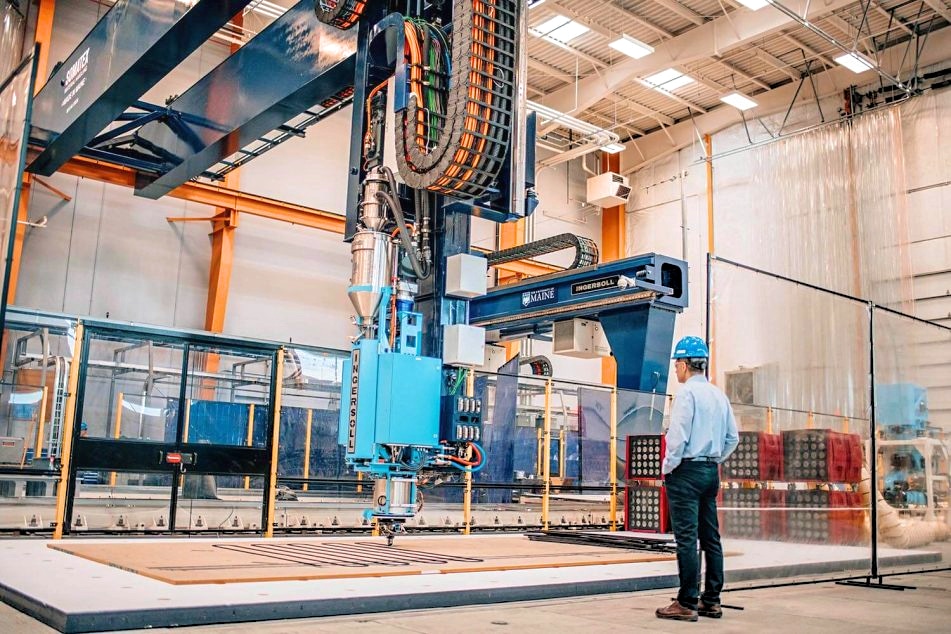Global governments are looking to 3D-print whole neighbourhoods, with Wolf Ranch in Austin, Texas – now home to 100 3D-printed housing units – paving the way for a new type of social and affordable construction.
Lennar and Icon are developing the world’s largest-scale development of 3D-printed homes, which is co-designed by architecture firm Bjarke Ingels Group (BIG), responsible for Europe’s largest timber development on the Luxembourg airport runway.
According to M. Hank Haeusler, an expert in advanced manufacturing at the University of New South Wales, 3D printing has the potential to be a game-changer for construction (with suitable investment and R&D), particularly given the global shortage of construction workers:
“There’s always an argument that 3D printing can build houses quicker, which is true,” he told the ABC last month. “However, the challenge is then really to include all the other trades we use in building houses — like electronics, doors and windows.”
Last month, the New South Wales government announced an “Australia-first” project with Aboriginal Sustainable Homes and Australian manufacturer Contour3D to build homes in Dubbo to alleviate pressure on the local housing market.
“Utilising modern construction methods like this 3D printing technology is critically important to delivering social and affordable homes sooner, especially in regional and remote areas,” said Rose Jackson, the NSW Minister for Housing and Homelessness. “Our government is leading the way with this project; the construction of a 3D social housing property is the first of its kind in the country.”

According to Matthew Kandelaars, the CEO of the Property Council of Australia, 3D printing is poised to play a major role in the future of the Australian building and construction industry: “These homes can be built to high standards with strong sustainability credentials while maintaining low construction costs,” he told the ABC, stressing that more investment is needed to establish the technology as a viable option in the building industry.
“This will require large-scale supply chains, operations, significant investment and regulatory reform. We must see strong and consistent investment in the sector over several years to establish secure pipelines to create scale.”
World’s Biggest 3D Printer Builds (Almost) Anything from Wood!
Already, the US Government is investing millions in supersized 3D printers to build the next generation of infrastructure—not only for affordable housing but also for national security, bridge construction, ocean and wind technology, and maritime vessel fabrication. These printers now use wood dust to manufacture greener and more cost-effective building materials, including BioHome3D, an initiative helping to tackle the shortage in social and affordable housing.
According to MaineHousing Development Director Mark Wisendanger, one of the partners in BioHome3D, “Maine needs an estimated 80,000 additional homes by 2030, many specifically for households with incomes at or below the area median income.”
“This new technology allows the University of Maine to scale up its research and production of its innovative biobased 3D-printed home technology,” which, Mr Wisendanger said, “creates another means of producing quality affordable housing while further driving costs down and using abundant wood residuals from Maine’s sawmills.”
- To learn more about the challenges global governments face in meeting social and affordable housing targets and the role of prefabrication (and 3D printing) in making up the shortfall, click here for Wood Central’s special feature.






